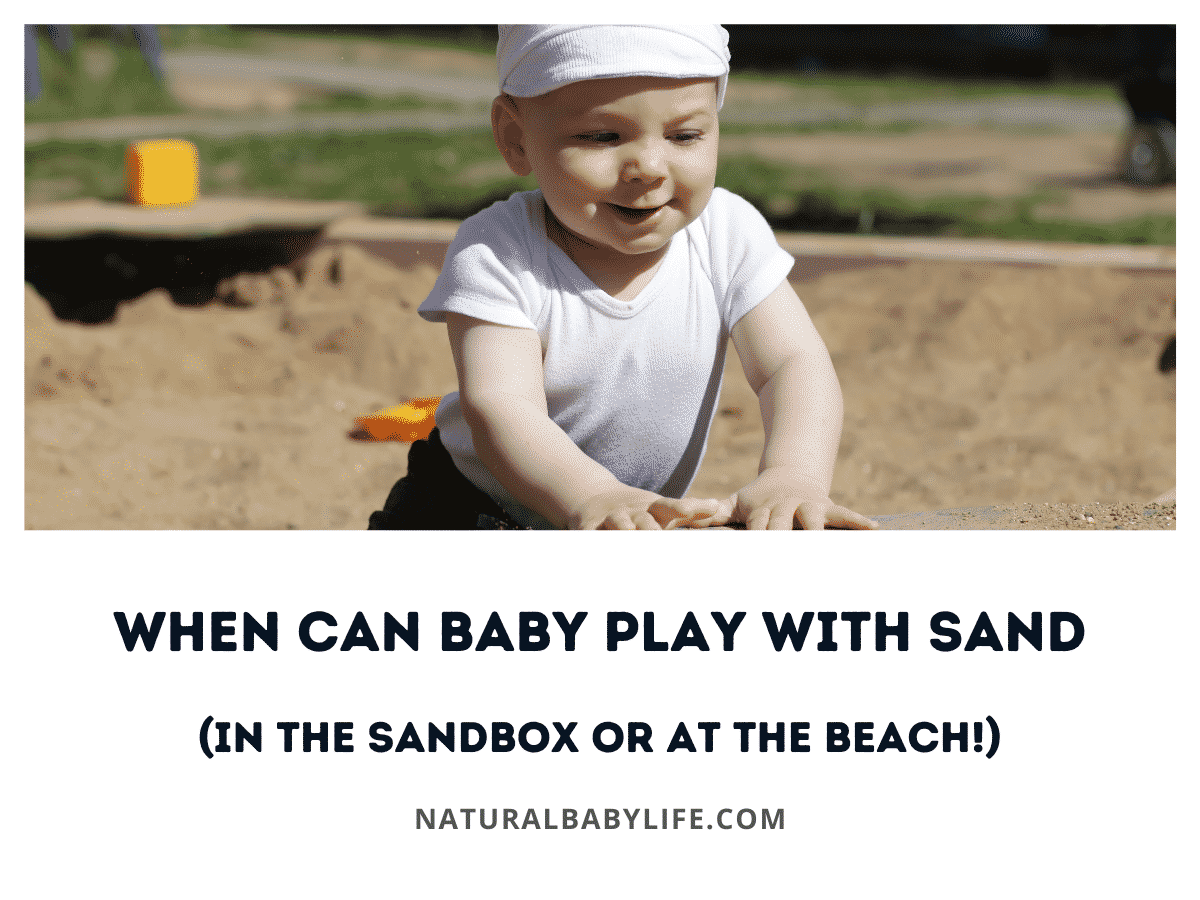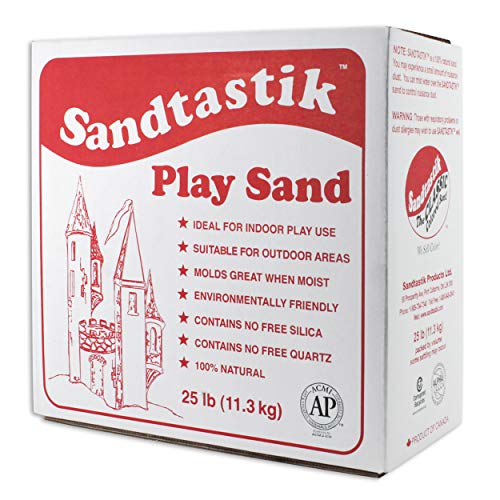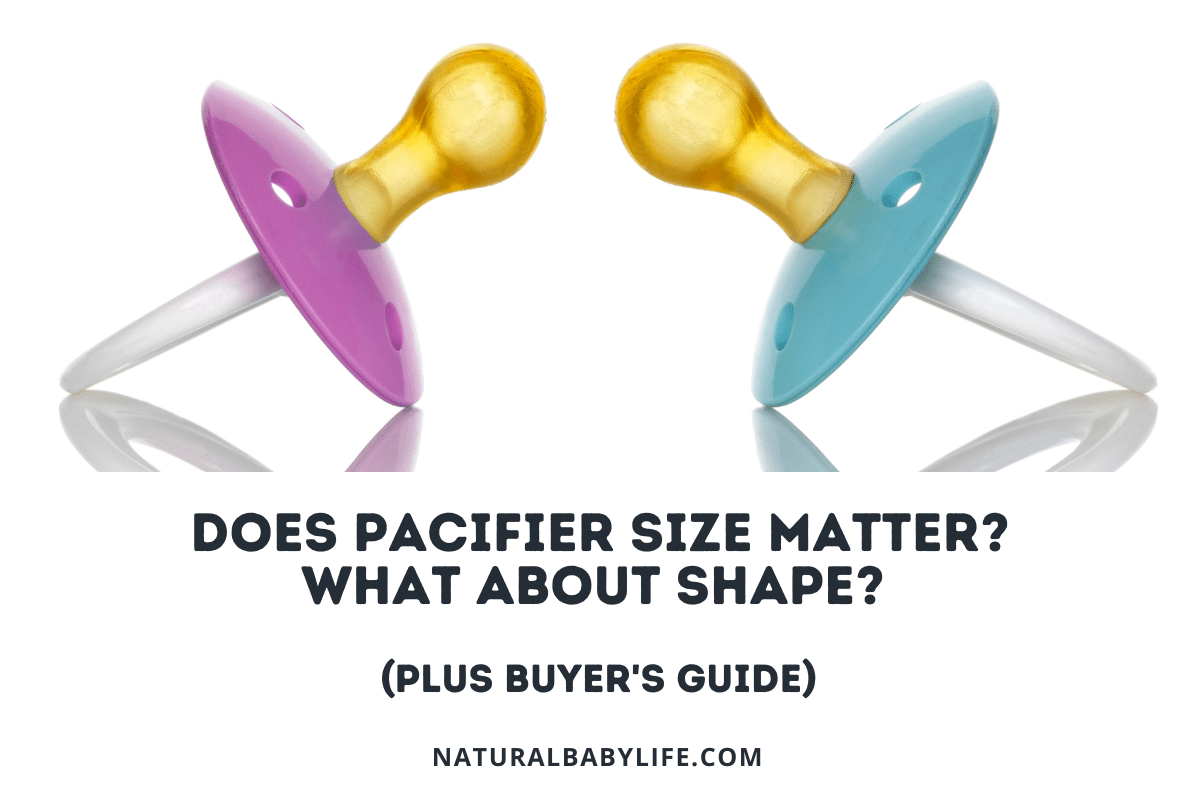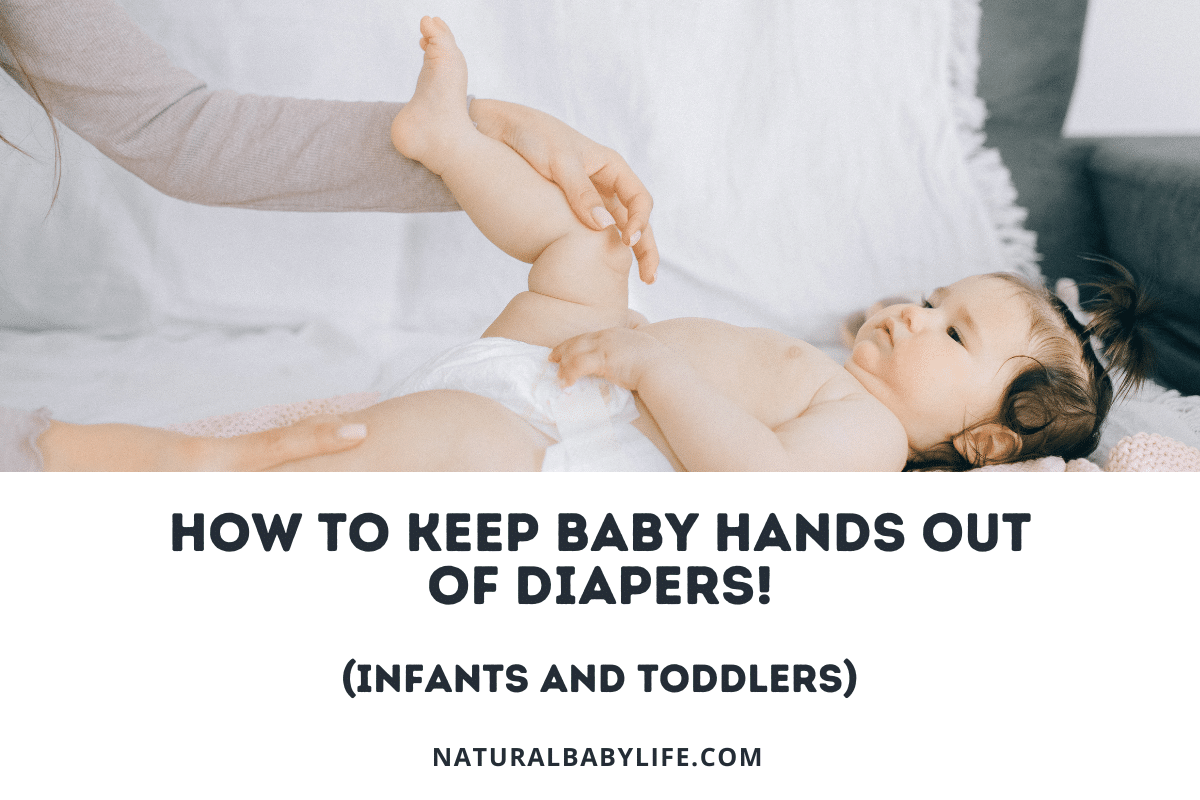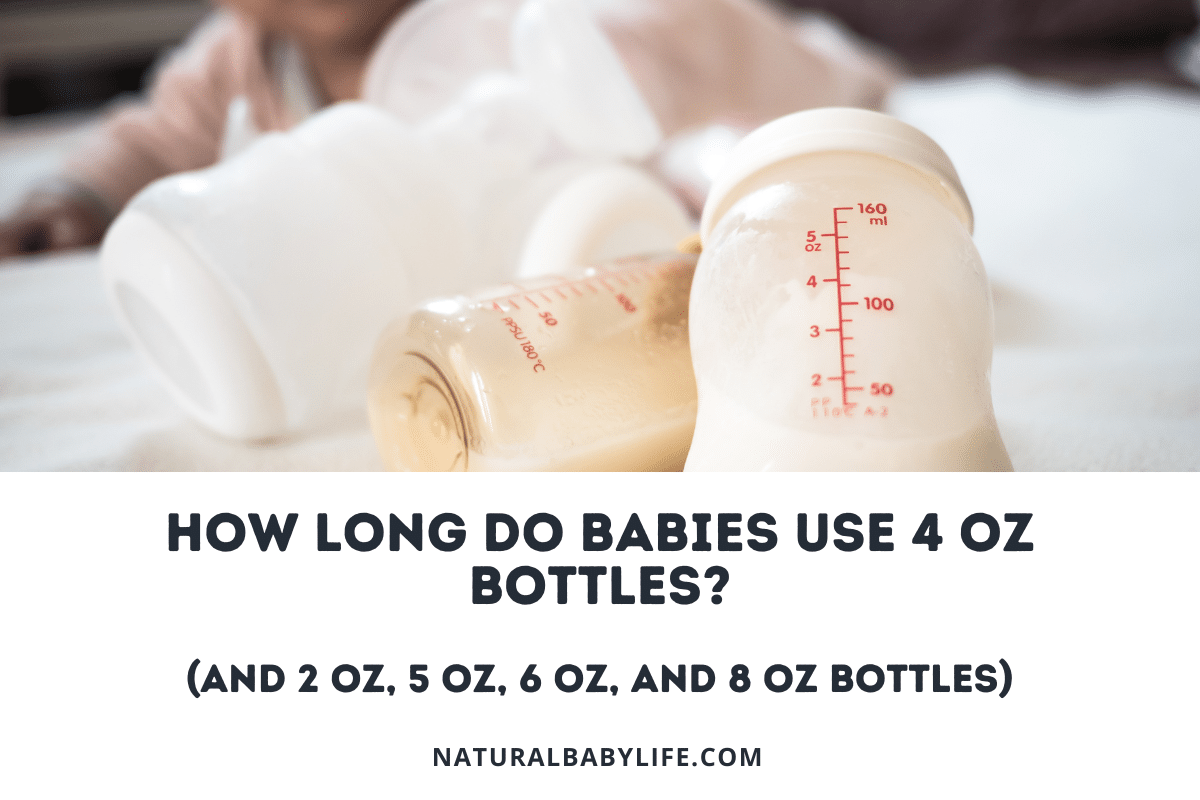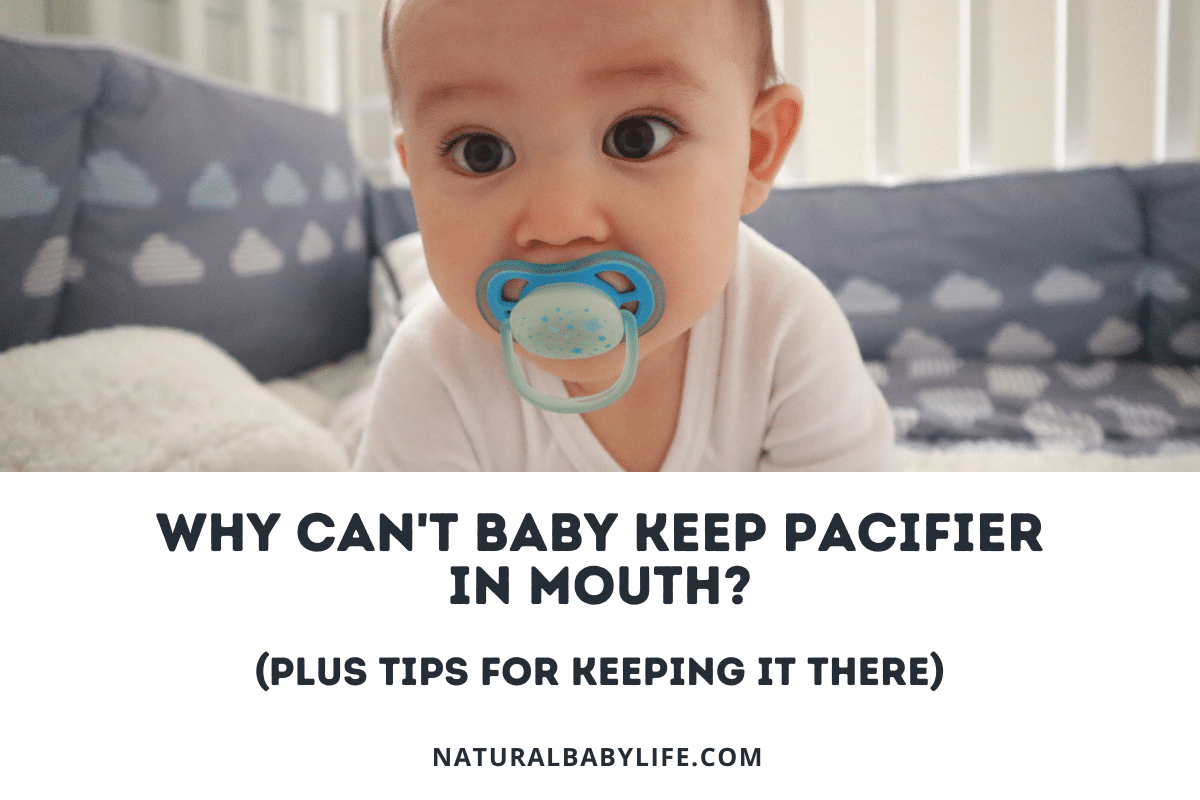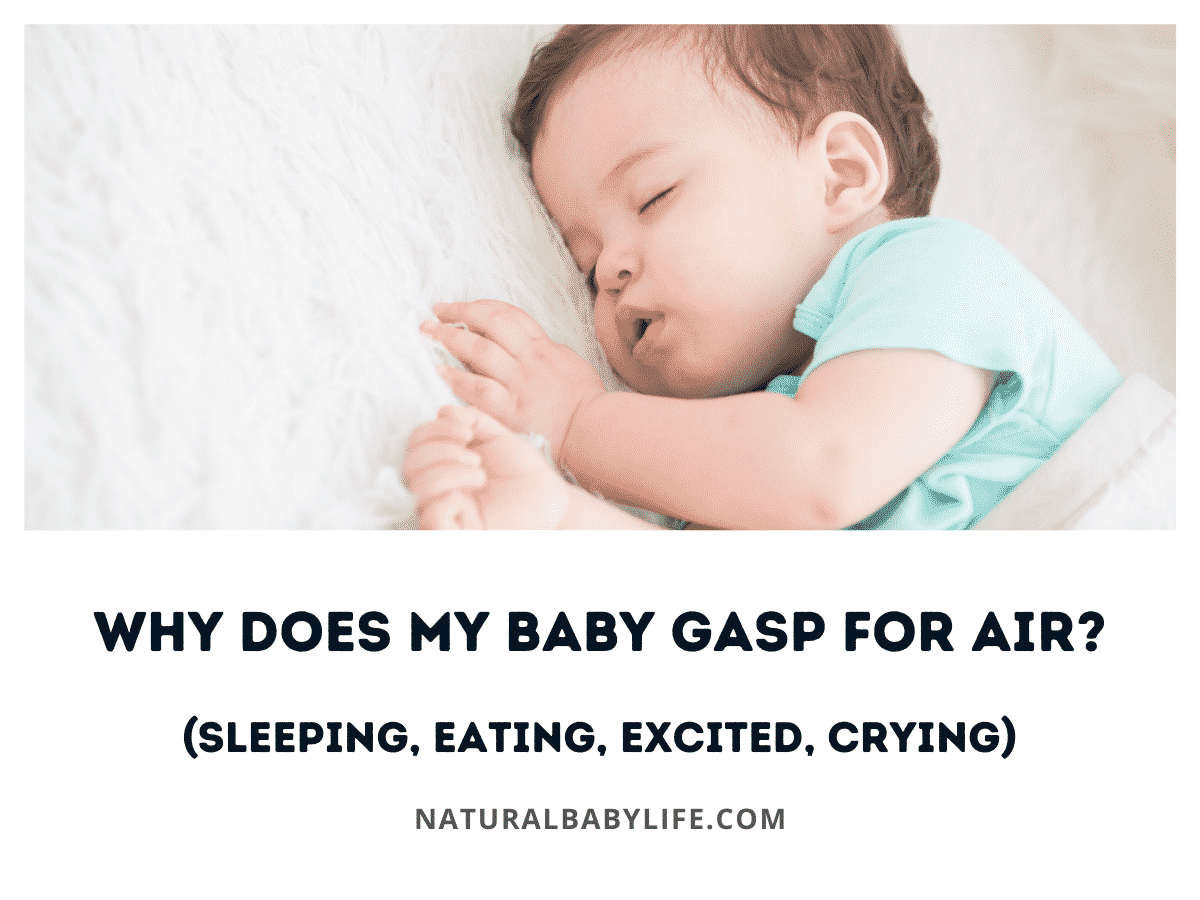A sandbox can provide endless opportunities for sensory stimulation, creative play, and outdoor exploration, which can make for hours of backyard fun. Though sandboxes can be extremely beneficial for young children, they can also be hazardous. At what age is it all right to let your baby play in the sand?
Most children can safely begin playing in either a sandbox or at the beach between 12 and 18 months of age; however, developmental age and behaviors such as mouthing can affect a baby’s readiness for sand play. Always closely monitor little ones to prevent injury such as choking, and seek out clean, non-toxic sand for safe sandbox play.
Continue reading to learn more about when and how to safely introduce your baby to sand play.
Table of Contents
At what age can babies play in the sand?
Sand play is an excellent sensory activity for young children. According to Michigan State University, sensory activities help to build foundational cognitive skills. In addition, the National Association for the Education of Young Children (NAEYC) has deemed sand play essential for classrooms with young children, although the CPSC Age Determination Guidelines: Relating Children’s Ages to Toy Characteristics and Play Behavior suggests delaying sand play until your toddler is 12 to 18 months of age.
Some of the learning benefits sand play provides includes:
- Sensory exploration – Using multiple senses to take in information is excellent for cognitive development. It can also be calming for some children.
- Mathematical learning – Sand play can help instill concepts such as volume, addition, and subtraction. It can also be used to create shapes and structures.
- Scientific concepts – Early concepts of physics, such as motion and flow, can be explored during sand play.
- Language development – Sand play can inspire conversation and opportunities for pretend play.
- Social skills – Playing alongside other children in a sandbox can encourage little ones to practice taking turns, sharing, and cooperating with others.
- Creativity – Sand play can inspire creativity by allowing children to play with no singular purpose.
Though sand play offers many benefits, it is not appropriate for babies of all ages. Your little one should be at least a year old and be unlikely to put the sand in their mouth before introducing them to the sandbox.
One of the greatest risks associated with sand play is choking. Young children explore the world with their mouths. Referred to as “mouthing,” this exploratory behavior starts early as a result of their sucking reflex.
It becomes more apparent when a baby is able to grab items and pull them to their mouth, around age three to five months, and may intensify with teething. As your little one begins to use their fingers more to explore their surroundings and can differentiate between food and non-food items, the mouthing behavior will diminish. This typically happens between eighteen months and two years of age.
If your little one is still mouthing, it doesn’t necessarily mean that they are not ready for sand. If you are hesitant about introducing your baby to sand play but want to give it a try, here are some edible sand alternatives that are great for sensory activities and can help gauge your child’s readiness for sand play:
- Cornmeal
- Crushed up cereal or crackers
- Flour and vegetable oil
- Uncooked rice
- Oatmeal
Is play sand safe for babies?
Play sand can be a stimulating activity for babies; however, precautions must be taken to ensure its safety.
Here are some of the primary risks involved with sand play and some ways to prevent them:
Sand play hazard prevention
| Hazard | Prevention |
|---|---|
| Choking | - Always closely supervise babies during sand play. - Never play in wet sand or sand containing pebbles are dirt clumps that could obstruct a baby’s airway. - Avoid introducing sand play to babies that are teething or exhibiting profound mouthing behaviors. |
| Eye injury | - Avoid playing in the sand in windy conditions. - Discourage children from pouring sand at eye level. - Familiarize yourself with the symptoms of corneal abrasion: -- Pain and redness in the eye -- Excessive tearing -- Increased blinking -- Difficulty looking at light -- Holding the affected eye shut - Seek immediate medical attention if an eye injury occurs. |
| Exposure to toxic materials | - Avoid playing in sand that contains tremolite, a fibrous material that is present in crushed limestone and marble, and crushed crystalline silica, a known carcinogen. - Avoid playing sand that is obviously dusty, this can pose an inhalation hazard. - Purchase natural river sand or beach sand. |
| Exposure to bacteria or mold | - Purchase sterilized sand. - Always keep a sandbox covered when it is not in use to prevent contamination from animal waste. - Replace sand if it becomes contaminated or, at minimum, every two years. - Ensure your sandbox is equipped with an effective drainage system. |
What happens if your baby eats sand?
If you notice that your little one has eaten sand, the immediate concern is their risk of choking.
Sand that is wet or contains rocks, pebbles, or dirt clumps poses a larger choking hazard. If you find that your baby is choking on sand but is still able to cough and or make sounds, let them attempt to clear the sand from their throat.
If your baby is unable to make sounds and can no longer breathe, follow these steps given by Stanford Children’s Health:
If your child is under one year of age:
- Call 911, immediately.
- Place your baby face down on your forearm with your arm resting on your thigh.
- With the heel of your hand, give your baby five quick forceful blows between their shoulder blades. If this alone is not successful:
- Turn the baby on their back so that their head is lower than their chest.
- Place two fingers in the center of their breast bone, just under the nipples.
- Press inward quickly five times.
- Continue this cycle of five back blows and five chest thrusts.
If your child is over one year of age:
- Call 911, immediately.
- Standing behind the child, wrap your arms around their waist.
- Place a fist (thumb-side facing inward) below the chest and just above the navel.
- Grab your fist with your other hand.
- With a quick upward push, press into the child’s abdomen.
- Repeat this movement until the blockage has cleared.
Keep in mind that you should never put your finger into a choking child’s mouth unless you are able to see the obstruction; this can worsen the blockage. Additionally, even if you were able to successfully clear a blockage, you should seek medical care in case some sand or other foreign material remains in the lung.
If you notice that your child has eaten sand and is not at risk for choking, there is no need to panic. This is typically harmless and very common. There is, however, a slight risk that the sand may be contaminated with animal feces, which may contain pathogens that can lead to vomiting and diarrhea. Monitor your child for these symptoms and seek medical care if necessary.
When can babies play in the sandbox?
Before investing in a sandbox for your backyard, consider trying out a sandbox at a reputable local park or children’s museum.
Sand play is recommended around 12 to 18 months of age; however, a child’s readiness may vary based on developmental skills and behaviors such as mouthing.
Choosing a sandbox with clean play sand is key. You also want to make sure the sandbox itself is safe; for example, avoid sandboxes with splintered wood.
What is the difference between play sand and all-purpose sand?
When filling your sandbox, choosing the correct sand is crucial for ensuring that it is safe for your little one.
All-purpose sand is commonly used in building and landscaping. Though it does go through some regulatory processes, it is not regulated to be safe for children. By contrast, play sand goes through a host of regulatory testing to ensure its safety.
Here are some ways in which play sand and all-purpose sand are different:
All-Purpose Sand vs. Play Sand
| All-Purpose Sand | Play Sand |
|---|---|
| Has a coarse texture, which can cause cuts and scratches | Contains only fine grains of sand; sharp pieces are sifted out |
| May contain tremolite, a toxic chemical, similar to asbestos | Does not contain toxic chemicals |
| Contains more dust than play sand | May appear dusty due to the fine grains but contains less dust than all-purpose sand |
| Does not undergo bacterial testing | Undergoes bacterial testing to ensure it is safe to be handled by children |
When purchasing sand for your little one, play sand is definitely your safest option. Here are some popular play sands available on the market:
- The Safe Sand Company – “Safety-Tested and Nontoxic with no asbestos, no lead, no crystalline silica dust.”
- Sakrete All-Natural Play Sand – “Screened and washed sand ideal for playgrounds, sandboxes, and general landscaping.”
- Sandtastik Sparkling White Play Sand – “100% safe play sand – contains no quartz, no asbestos, no wheat, and no nuts.”
- Classic Sand and Play – “Carefully grated, washed, and dried to ensure it’s 100% safe, non-toxic, and great for early learning during indoor and outdoor play sessions.”
- Use in sand boxes or tables
- Ideal for early childhood classrooms or childcare centers
- Create castles or sculptures by adding a little water
Prices pulled from the Amazon Product Advertising API on:
Product prices and availability are accurate as of the date/time indicated and are subject to change. Any price and availability information displayed on [relevant Amazon Site(s), as applicable] at the time of purchase will apply to the purchase of this product.
When can babies play in beach sand?
Playing in the sand at the beach is typically safe for babies that are around 12 to 18 months of age.
Like playing in a sandbox, one of the primary concerns is having a baby choke on or ingest sand. In addition to these concerns, here are some extra precautions that should be taken at the beach:
- Research your location to ensure it is well-maintained and clean.
- Avoid going to the beach on a windy day; this can lead to eye injuries.
- Keep a close eye on sharp rocks and debris that could be dangerous for your baby to handle.
- Avoid wet sand, which is more likely to be contaminated.
In addition to these beach sand safety tips, always be sure to:
- Use the appropriate sunblock on your baby to avoid sunburn. UPF clothing and beach umbrellas are also great options.
- Never leave your baby or toddler unattended near the water.
- Make sure there is a lifeguard on duty.
- Make use of water shoes and lifejackets.
For more information on how to safely play with sand at the beach, check out my article: How to Stop Your Baby Eating Sand at the Beach! (Plus Safety Info)
What is the difference between play sand and beach sand?
Of course, there are many differences between play sand and beach sand, because play sand is manufactured and regulated and beach sand is natural and may contain physical and bacterial contaminants, including feces. In addition, beach sand may vary from beach to beach.
Beach sand may be more prone to contamination due to its exposure to the natural environment, including animal waste. Fecal bacteria is found in beach sand at 10 to 100 times the amount found in nearby waters. Though play sand can also become contaminated, it is typically tested for harmful bacteria before it is sold and does not become contaminated at these rates, especially when it is well maintained.
In addition to potential contamination, beach sand likely contains rocks, pebbles, seashells, and other debris that can be sharp or dangerous for young children. By contrast, play sand is sifted and oftentimes washed to remove coarse debris.
Related Questions
Can a 1-year-old play with sand?
At one year of age, it may be safe to introduce your baby to sand play.
Though one-year-olds may be inclined to bring sand to their mouth, this may be avoided by close supervision and redirection.
Showing your baby how to “play” in the sand will help them be safe, enjoy their playtime, and reap the cognitive benefits of sand play.
Can 2-year-olds play with sand?
Though some two-year-olds still exhibit mouthing behaviors; at this age, most children can easily differentiate between food and non-food.
Playing in sand is a great activity that is suitable for most two-year-olds; however, it is still important to monitor two-year-olds when they are playing in sand.
Is a sandbox safe for toddlers?
A sandbox is the perfect play space for a toddler because it offers a wide range of activities that can help build a myriad of skills.
To keep your toddler safe, it is important to supervise them as they play in the sandbox. Though toddlers may be less likely to eat sand than younger babies, they may be more likely to throw it, which can lead to an eye injury.

